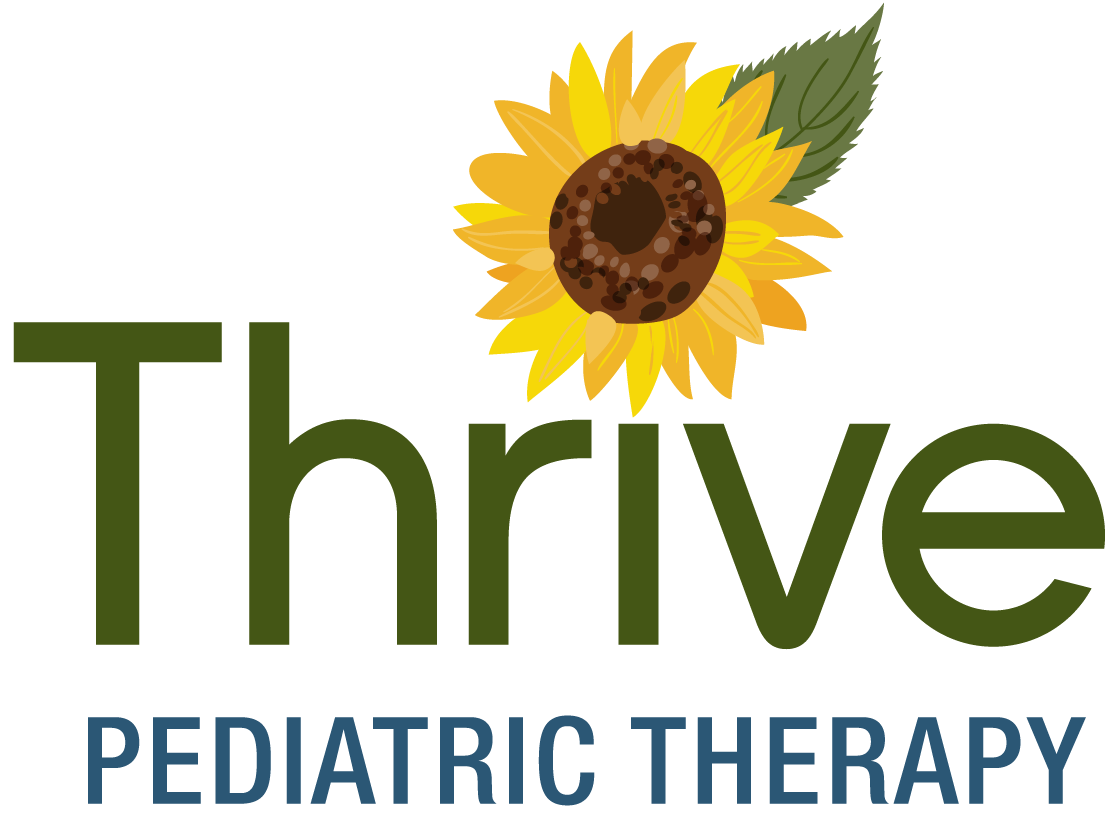The purpose of speech and language therapy is to improve your child’s communication skills so that they can communicate functionally in all environments, including at home, at school, and in the community. For detailed information regarding speech and language therapy sessions, click here.
Speech
“Speech” refers to the sounds that we use to form words. To produce speech sounds, we use our articulators, such as our tongue, lips, teeth, and soft palate. We must effectively coordinate and sequence the movements of our articulators in order to clearly produce speech sounds. When children have difficulty accurately producing speech sounds, this is called a speech sound disorder. While children with speech sound disorders are often difficult to understand, not all speech sound disorders are the same. Your speech-language pathologist will diagnose your child’s specific speech sound disorder and develop a treatment plan based on these needs. There are several different types of speech sound disorders:
- A child who exhibits an articulation disorder has difficulty accurately producing individual speech sounds. For example, this child may produce a /w/ sound or a distortion for the /r/ sound, so the words “run” and “read” may sound like “wun” and “weed.” Another well-known articulation disorder is the distortion of the /s/ sound, which is often referred to as a lisp.
- A phonological disorder occurs when a child produces speech sound errors that focus on predictable, rule-based errors. These children often use phonological processes, or patterns of simplifying adult speech. For example, a child may use a phonological process called fronting, in which sounds that are meant to be produced in the back of the mouth are “fronted,” or produced in the front of the mouth. When a child is fronting, the words “car,” “go,” and “ship” may sound like “tar,” “dough,” and “sip.” Another phonological process, called cluster reduction, occurs when a child omits one of the sounds in a consonant cluster. This could cause the word “stop” to be produced as “sop” or the word “snack” to be produced as “sack.”
- Childhood apraxia of speech (CAS) is a motor speech disorder characterized by difficulty coordinating the complex motor movements necessary to produce speech. CAS is not caused by muscle weakness; rather, it is related to motor planning difficulties. There are several features that are distinctive of CAS. Children with CAS often exhibit vowel distortions. For example, a word like “baby” may be produced as “beebee.” These children often exhibit inappropriate stress patterns, and they may put emphasis on the wrong syllable in a word. They may exhibit groping movements, in which their lips, tongue, and jaw move around to try and get in the right place for speech production. Children with CAS may struggle to imitate words, and their errors are often inconsistent.
Not all speech sound disorders are the same. Your child may exhibit one speech sound disorder or a combination of speech sound disorders. Your speech-language pathologist will accurately diagnose your child’s disorder and plan treatment accordingly.
Language
Language is the comprehension and use of a spoken (e.g., listening and speaking), written (e.g., reading and writing), and/or other communication system (e.g., American Sign Language, augmentative and alternative communication). A child with a language disorder demonstrates difficulty understanding or using language. A child may demonstrate difficulty with receptive language (receptive language disorder), expressive language (expressive language disorder), or both (mixed receptive-expressive language disorder).
Receptive language refers to how children understand or comprehend the language that they hear or read. It is the “input” of language. Children with a receptive language disorder may have difficulty with the following:
- Following directions
- Answering questions
- Identifying objects and pictures
- Reading comprehension
- Understanding a story
Expressive language refers to how children express themselves through verbal or nonverbal communication. It is the “output” of language. Children with an expressive language disorder may have difficulty with the following:
- Asking questions
- Naming objects
- Using gestures
- Requesting desired objects and actions
- Vocabulary
- Syntax (grammar rules)
- Semantics (word/sentence meaning)
- Morphology (forms of words)
If you think your child may have a speech or language disorder, contact us to schedule an evaluation. For more information about the evaluation process, click here.

